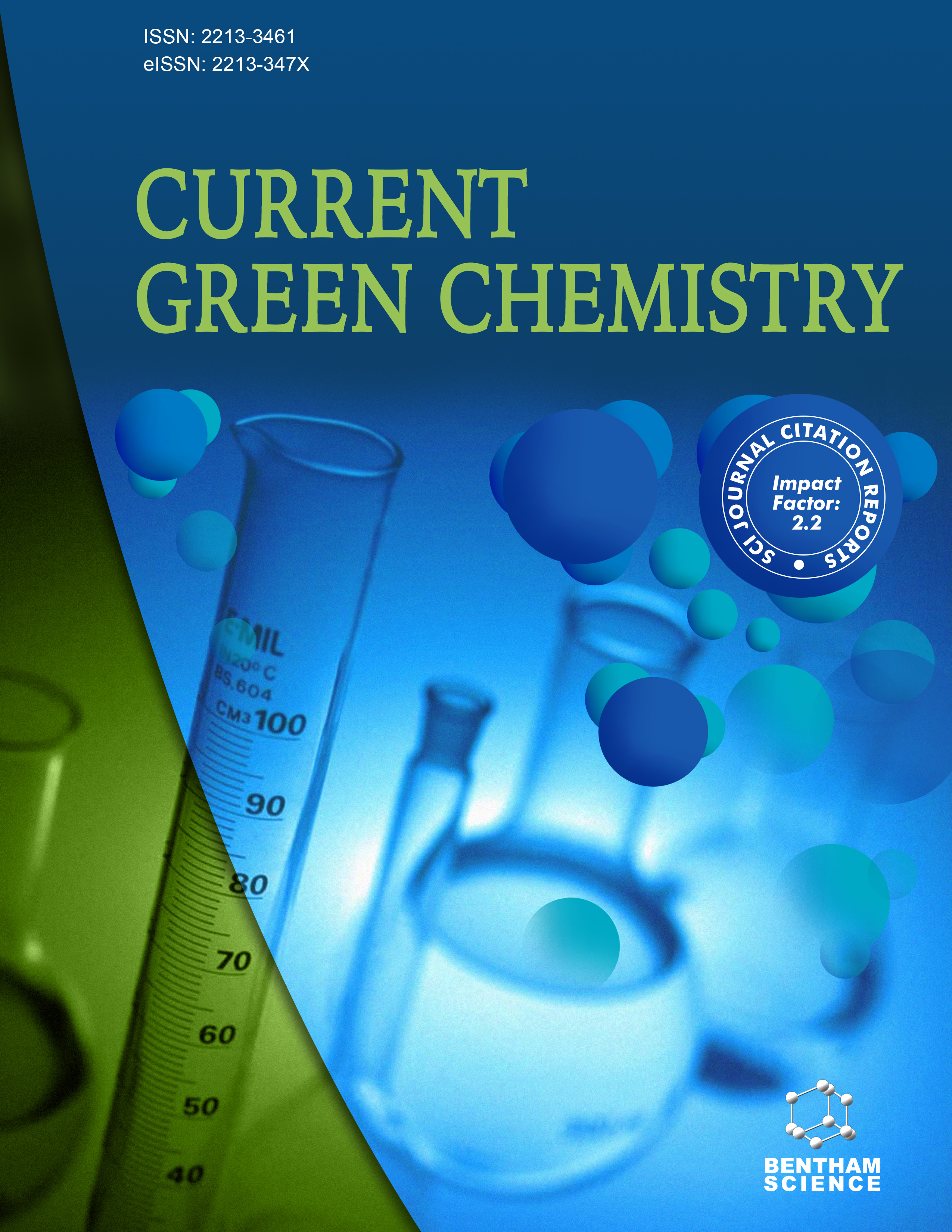
Full text loading...
We use cookies to track usage and preferences.I Understand

In the modern era, petrochemical industries' production of hydrocarbon pollution is a significant environmental problem that causes biodiversity loss. Alkanes constitute a substantial proportion of crude oil, and refined fuels are found in small amounts in various uncontaminated environments. They are prevalent in underground fossil fuel reserves and shallow subsurface habitats polluted with hydrocarbons, such as aquifers. Using microorganisms to break down alkane hydrocarbon pollutants in environmental areas has great potential. Considerable advancements have been achieved in identifying microorganisms and metabolic processes responsible for the breakdown of alkanes in both oxygen-free and oxygen-rich conditions in the last two decades. A wide range of prokaryotic and eukaryotic organisms have been identified and observed to possess the ability to utilize various carbon and energy sources as substrates. Bioremediation is essential for environmental safety and management; various methods have been established for petroleum hydrocarbon bioremediation. Numerous microbial species have been employed to investigate the bioremediation of petroleum hydrocarbons, highlighting the crucial functions of varied microbial communities. Phytoremediation is an environmentally sustainable method that may effectively rehabilitate heavy metal-contaminated soil cost-efficiently. This manuscript provides an overview of prevalent alkane hydrocarbon pollutants, microorganisms capable of degrading hydrocarbons, key pathways and enzymes involved in hydrocarbon degradation, factors influencing hydrocarbon degradation, and various strategies employed to harness the degrading capabilities of microbes for remedial purposes.

Article metrics loading...

Full text loading...
References


Data & Media loading...